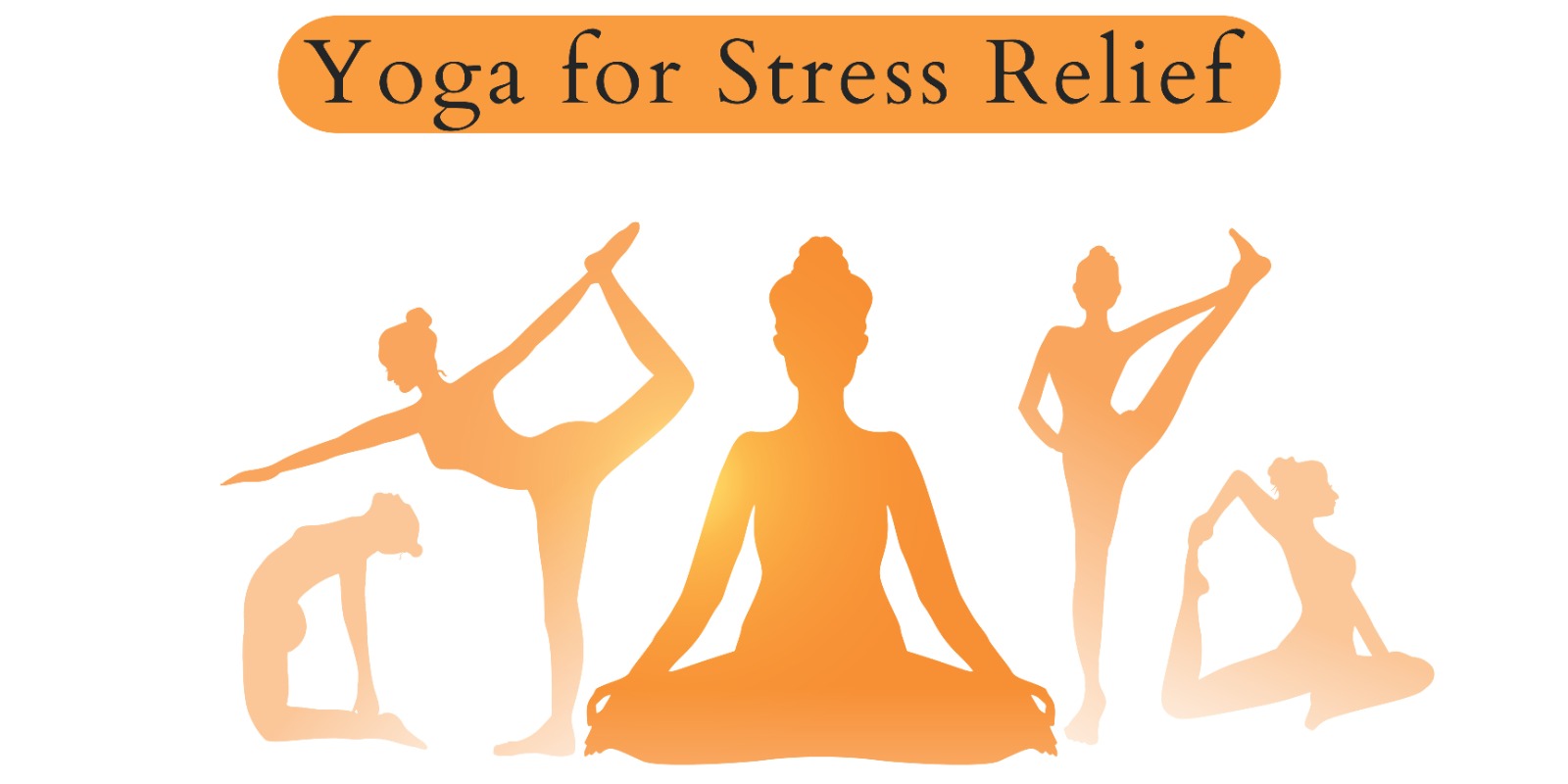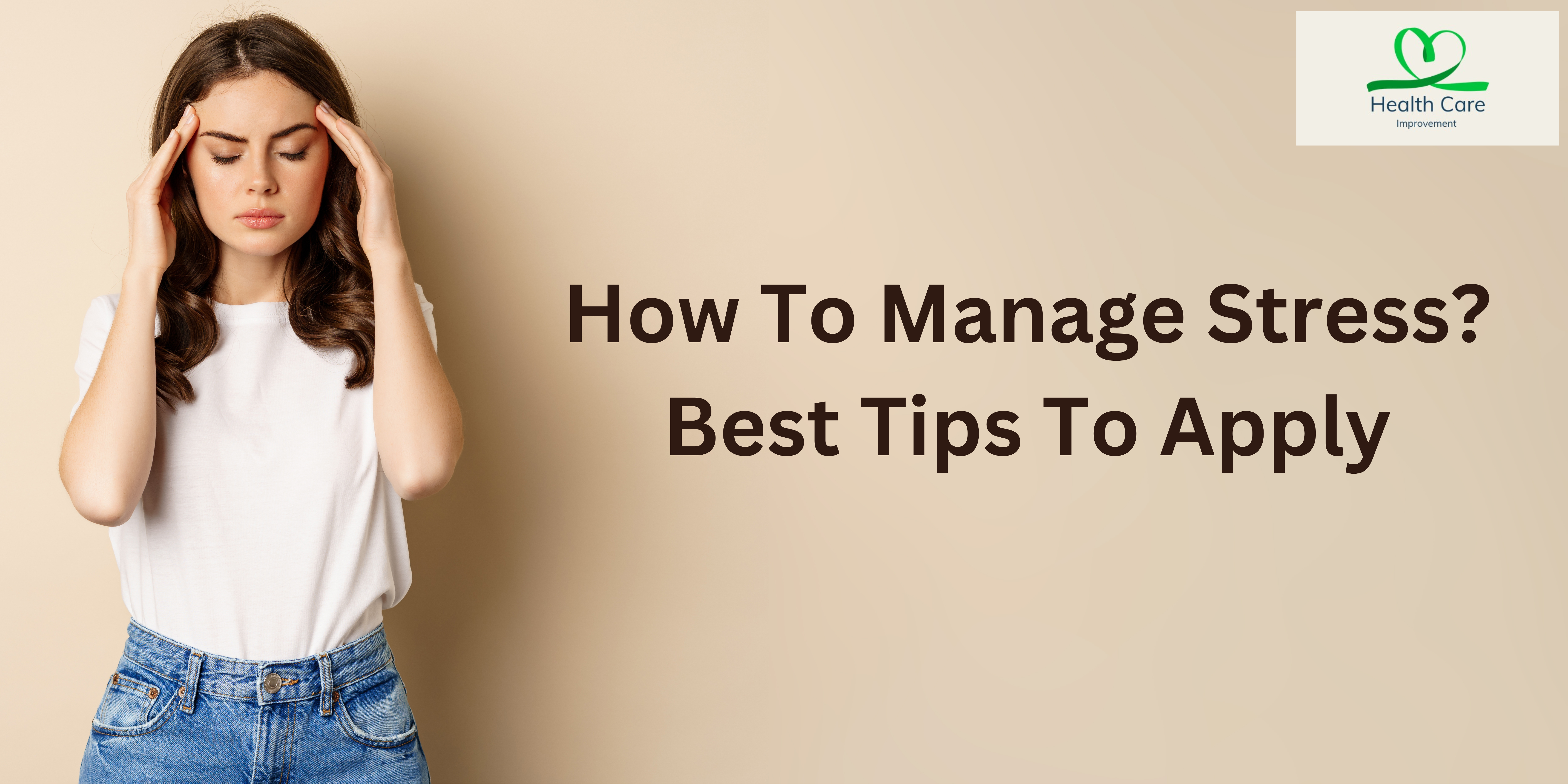
Stress has become an unavoidable part of daily life for many people. People have been exploring several options in their search for a relaxing method that works, and yoga is one that has become quite popular. Besides its physical advantages, this traditional method is also an effective way to improve mental well-being. We will look at the many yoga poses and their effects on our overall health as we explore the key connection between yoga and anxiety relief.
Table of Contents
Before we begin studying yoga as a tension-reduction technique, it’s essential to understand what stress is and how it impacts our health.
Not only is stress an occasional feeling, but it may also take mental as well as physical forms, leading to a variety of medical issues, including heart problems and restlessness.
How does yoga help in reducing the stress/anxiety level?
You may be able to release stress and emotions by doing yoga positions to help you remove physical blocks like muscular knots.
In addition, they enhance the release of feel-good hormones called endorphins, which have a significant impact on stress management.
By practicing yoga, you can improve your awareness, sharpen your focus, and center your mind by concentrating on the present moment.
Given below are few role of yoga in depression management .
- Body-mind Connection: Yoga has a well-known history to nurture a strong mind-body connection. Through a sequence of postures called asanas and focused breathing exercises,
practitioners develop the ability to regulate their breath and movements. This conscious method aids in stress reduction and mental calmness. - Tension Release with Asanas: Several yoga positions are made particularly to release tension that has built up in various body parts.
The gradual release of tension in the body and mind can be helped by the gentle stretching and holding of positions, which promote relaxation. - Breathing Control (Pranayama): Pranayama is the foundation of yoga and focuses on controlling one’s breath It has been shown that a number of breathing exercises, including deep belly breathing and alternating nostril breathing, cause the body to go into relaxation
mode and reduce tension and anxiety

What does research says about yoga benefit for stress?
Numerous scientific studies confirm yoga’s ability to reduce stress.
A 2018 study found that women who did Hatha yoga three times a week for four weeks experienced good effects from the practice.
They saw significant decreases in tension, sadness, and anxiety following 12 sessions
These findings indicate that yoga could decrease the need for medicinal products and be used as a supplemental therapy.
To learn more about yoga’s possible long-term benefits in treating anxiety, sadness, and stress, further study is needed.
Yoga stretches may lower cortisol levels and improve parasympathetic nerve activity, which promotes relaxation, according to a small 2020 study conducted on adult men .
In a different 2020 study, researchers discovered that participants who practiced an 11-minute yoga nidra meditation for 30 days saw a decrease in stress, an improvement
in general wellbeing, and better quality sleep . This research is taken from following link (https://www.ncbi.nlm.nih.gov/pmc/articles/PMC5843960/)
Following are the yoga poses for anxiety relief


1.Cat-Cow Pose (Marjaryasana to Bitilasana):
a)Starting on your hands and knees, place your wrists behind your shoulders and your knees beneath your hips.
b)Take a breath, elevate your tailbone, and arch your back to assume the “cat” posture.
c)Let out a breath, lower your abdomen, and raise your head into the “cow” posture. For a calming yoga practice, repeat.

2.Child’s Pose (Balasana):
a)Put your knees together or slightly apart while kneeling.
Remain seated on your heels.
Fold forward, putting your forehead on your mat, and hinge at your hips.
b)Stretch your arms out in front of you or down by your sides.
c)Let your thighs sink in toward your torso.
Take deep breaths and concentrate on calming your body..
3.Corpse Pose (Savasana):
a)With your feet slightly wider than your hips, lie flat on your back.
Let your toes dangle freely to the sides.
b)Put your arms at a 45-degree angle adjacent to your torso.
Orient your shoulders, neck, and head in relation to your spine.
c)Take deep breaths and let your body come to complete relaxation.
Hold this posture for ten to twenty minutes.

Conclusion:
Yoga appears in the search for stress reduction as an effective way of developing inner calm as well as a physical workout.
A powerful synergy for reducing stress is produced by combining mindful movement, breath awareness, and particular yoga forms. Yoga helps in bringing positivity in body and mind
People may discover the full healing power of yoga and go on a journey of transformation towards stress relief by realizing the profound link between mind and body.
Now spread out your mat, inhale deeply, and allow yoga to lead the way as you find calm.
All the images are takes from pexels.com and freepik.com
Frequently Asked Question Related to yoga and stress
How does yoga help relieve stress?
Since yoga promotes relaxation, which is stress’s natural opposite, it can help lower stress. Our body, mind, and breathing are the three areas of ourselves that are frequently impacted by stress and can all benefit from yoga.
Why is yoga important in healthy and stress free living?
Regular yoga practice has been linked to a number of health benefits, including better muscular strength, normal blood pressure, and an increase in cardiovascular fitness, according to research. Yoga is well known for its ability to reduce stress and encourage better sleep habits.
Which yoga is best for anxiety?
1.Cat-Cow Pose (Marjaryasana to Bitilasana), 2.Child’s Pose (Balasana): 3..Corpse Pose (Savasana)
How often should you do yoga for stress?
Advise doing yoga for at least 20 minutes, three times a week. Which bring calmness and freshness to your mind



